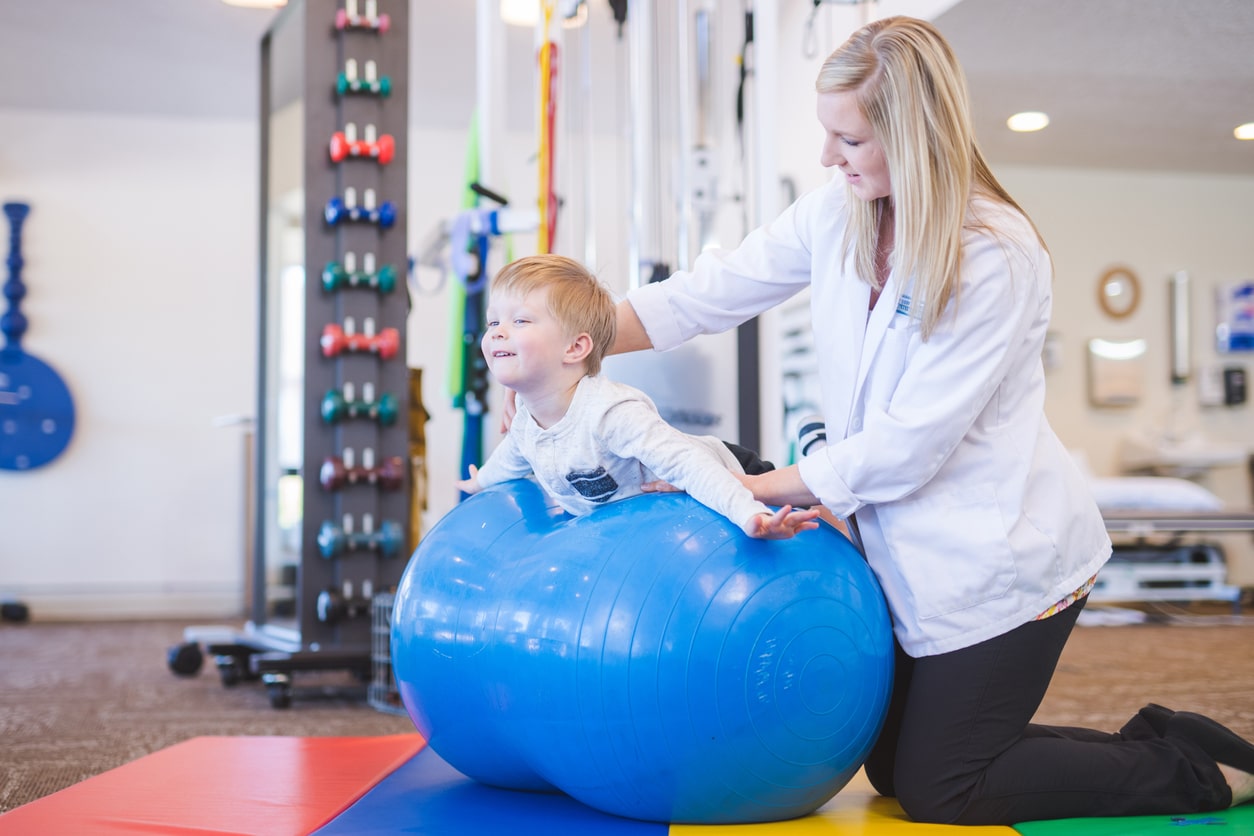Learn Common Athletic Injuries and Efficient Rehabilitation Plans aimed at Athletes
Learn Common Athletic Injuries and Efficient Rehabilitation Plans aimed at Athletes
Blog Article
Athletic injuries are frequent among athletes of all age groups and proficiency levels. These traumas can occur in multiple forms, including sprains, muscle injuries, breaks, and tendon inflammation. Comprehending the kinds of injuries that can occur during sports activities is essential for not only avoiding and treatment. Ligament injuries, for instance, entail the stretching or tearing of connective tissues, which connect bones at a joint. Muscle injuries, on the contrary hand, impact muscle tissues or tendon structures, which attach muscles to bones. Identifying these traumas promptly can assist athletes obtain suitable care and return to their activity more quickly.
One of the most commonly observed traumas in athletics is the ankle ligament injury. This injury often happens when an athlete lands ungracefully or twists their ankle during a match. Symptoms of an ankle ligament injury include discomfort, swelling, and trouble moving. Immediate care typically involves the R.I.C.E. approach, which stands for Recovery, Cooling, Compression, and Lifting. This approach aids minimize swelling and discomfort. In more severe cases, physical treatment may be necessary to restore strength and mobility to the foot before returning to athletics.
Another common trauma is a muscle strain, which can happen in all athletic activity that requires sudden actions or heavy weight-bearing. Sportspeople may experience a muscle injury when they stretch a muscular tissue too far or when they apply too great effort. Symptoms include straight from the source acute pain, swelling, and muscle contractions. Rehabilitation for muscular strains often entails gentle stretching and conditioning exercises. Slowly raising activity levels is vital to prevent recurrence. Sportspeople should work closely with a physical specialist to develop a secure and efficient recovery plan.
Tendonitis is another injury that can affect athletes, particularly those who engage in frequent motions, such as runners or swimmers. This condition occurs when a tendon, which links muscle to bone, becomes swollen. Frequent locations involved by tendonitis include the elbow, shoulder, and knee. Signs often include discomfort and rigidity, especially during movement. Care for tendonitis usually involves recovery, ice, and anti-inflammatory drugs. In some situations, physical therapy may be suggested to improve mobility and strength in the affected region.
Avoiding athletic traumas is just as important as treating them. Athletes can minimize their chance of trauma by heating up correctly before activities, using the right equipment, and keeping good fitness condition. Power training and flexibility exercises can help prepare the physique for the requirements of athletics. Additionally, sportspeople should listen to their bodies and allow rest when needed. By comprehending frequent sports injuries and applying efficient rehabilitation strategies, sportspeople can stay fit and participate in their beloved athletic activities for years to come.